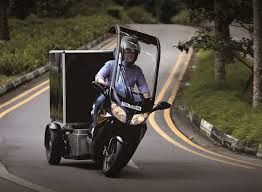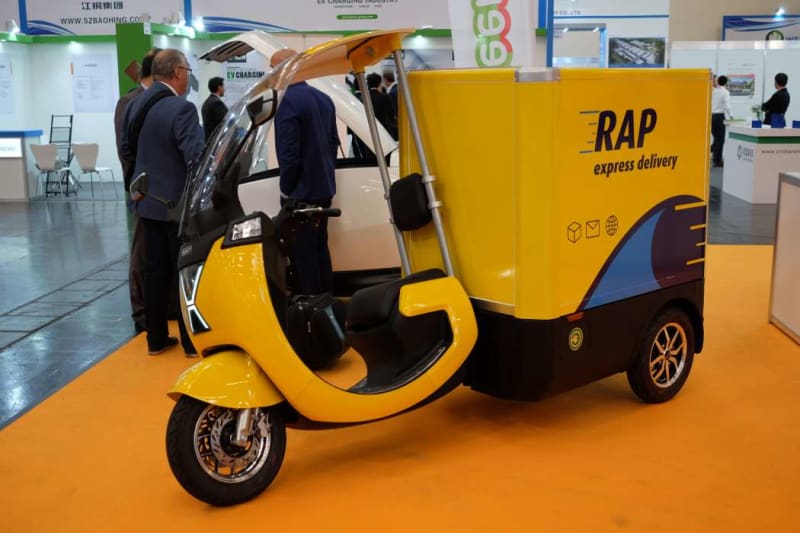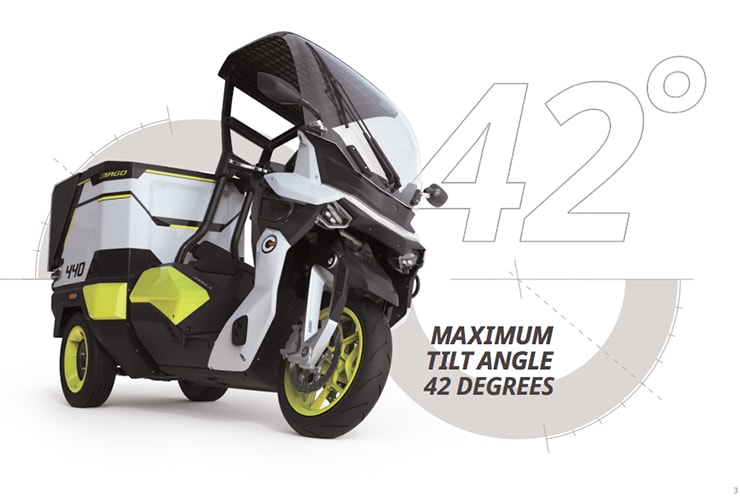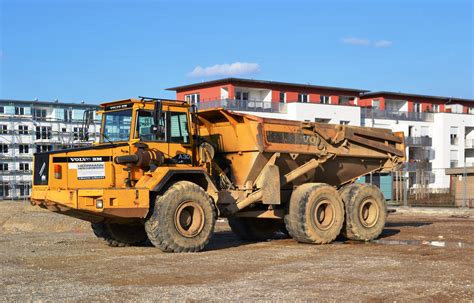Afzal Ahmad
Student
- Feb 2, 2021
- 4
Hello folks, I am a Mechanical Engg. student(bachelor). I came across a 3 wheeler scooter on the internet which has a unique swirl/tilt mechanism for the safety and improves the dynamism of the vehicle. later after some looking, I found there were several scooters using this kind of mechanism. But I could find the how these mechanisms really works. I am very curious to know what are fundamentals of these designs and how suspensions are mounted and what is fatigue life.







